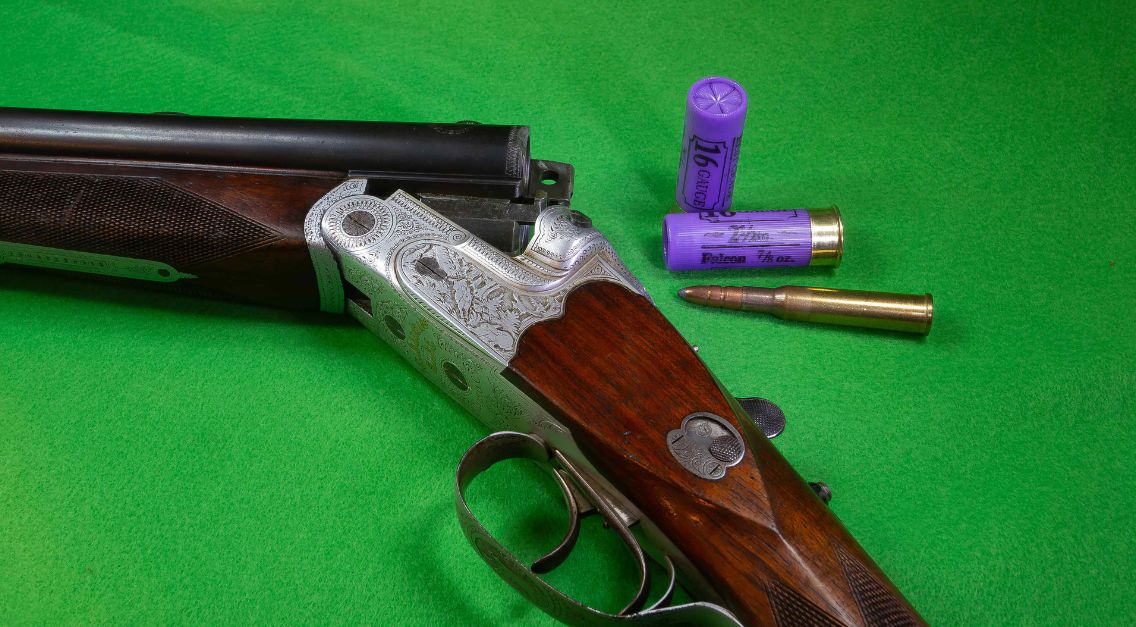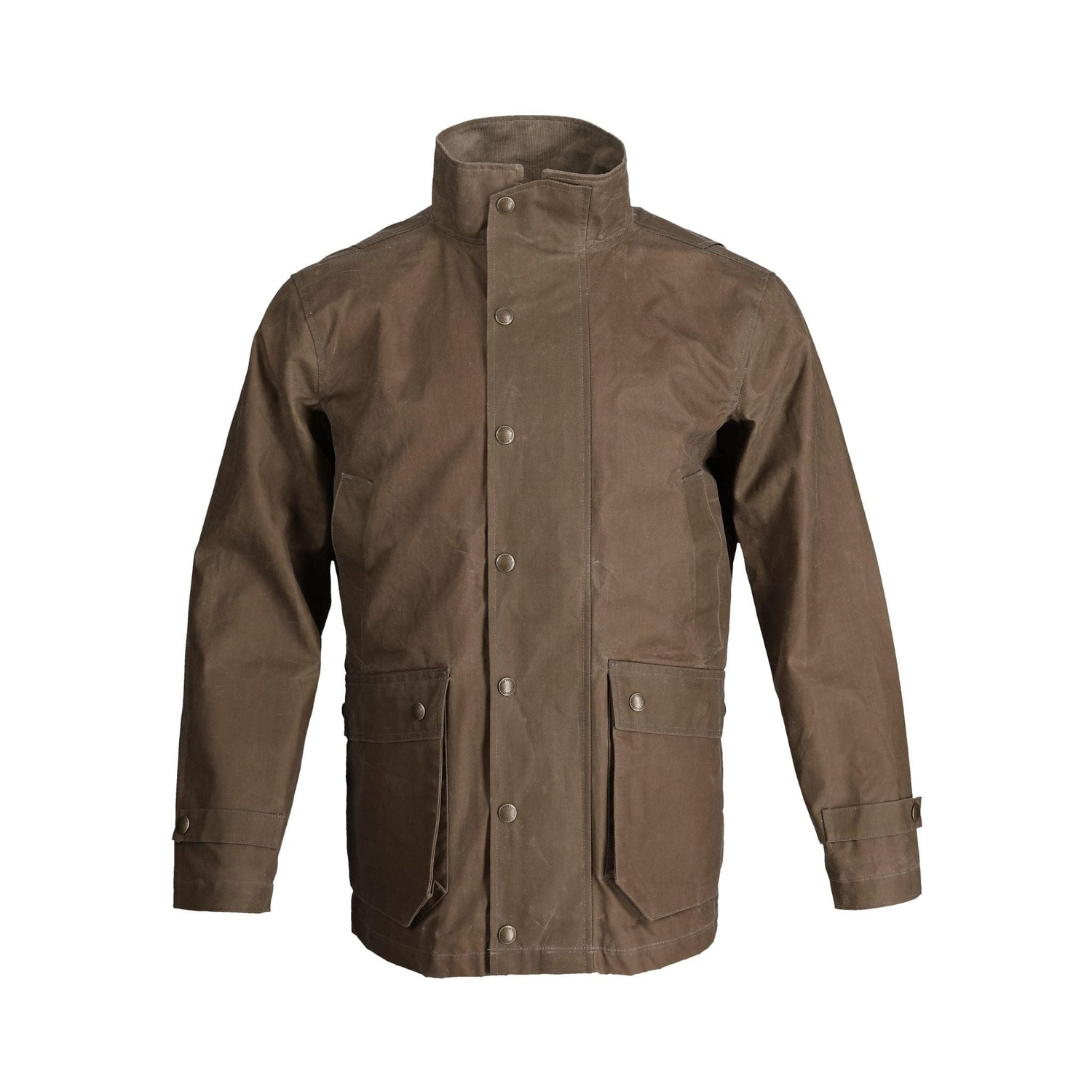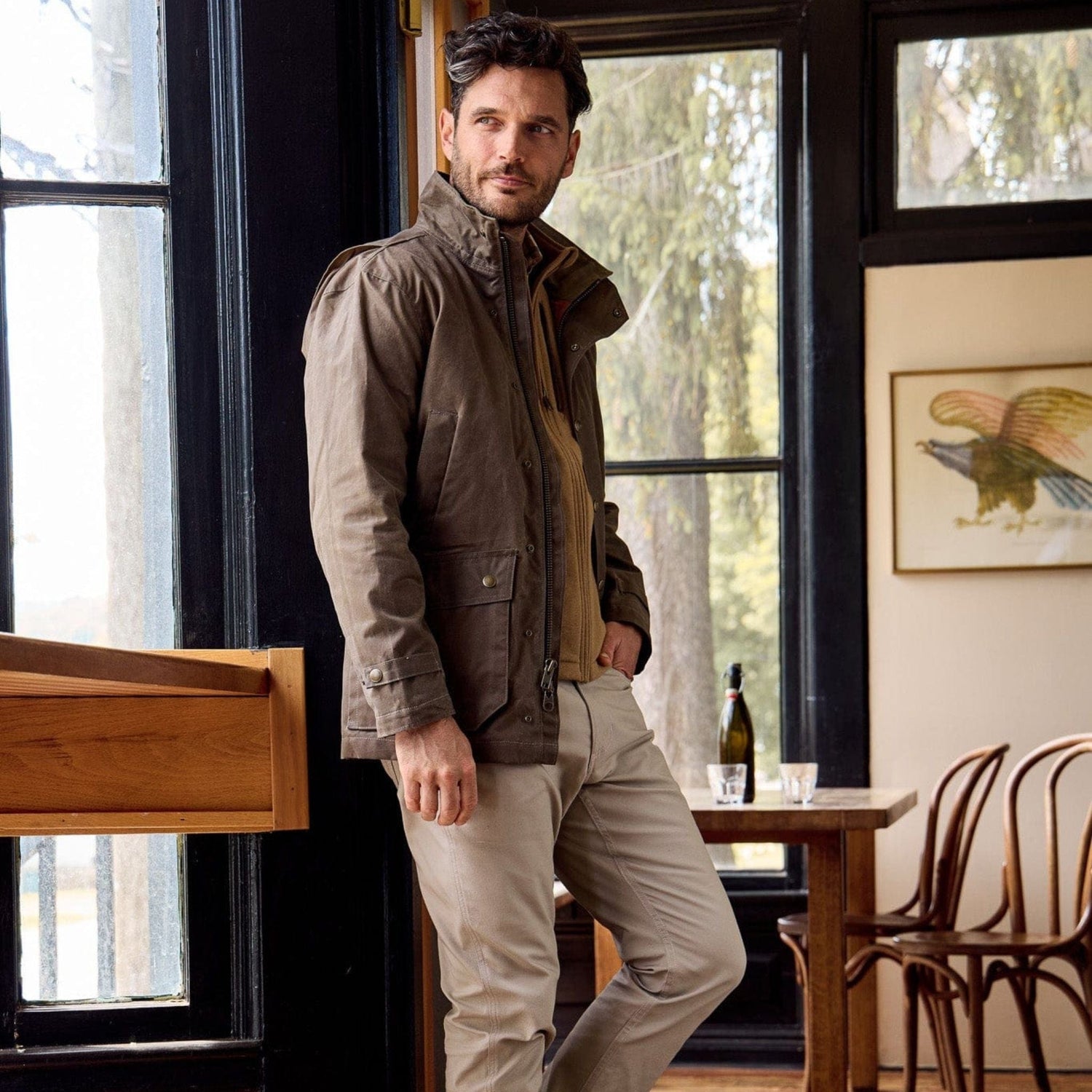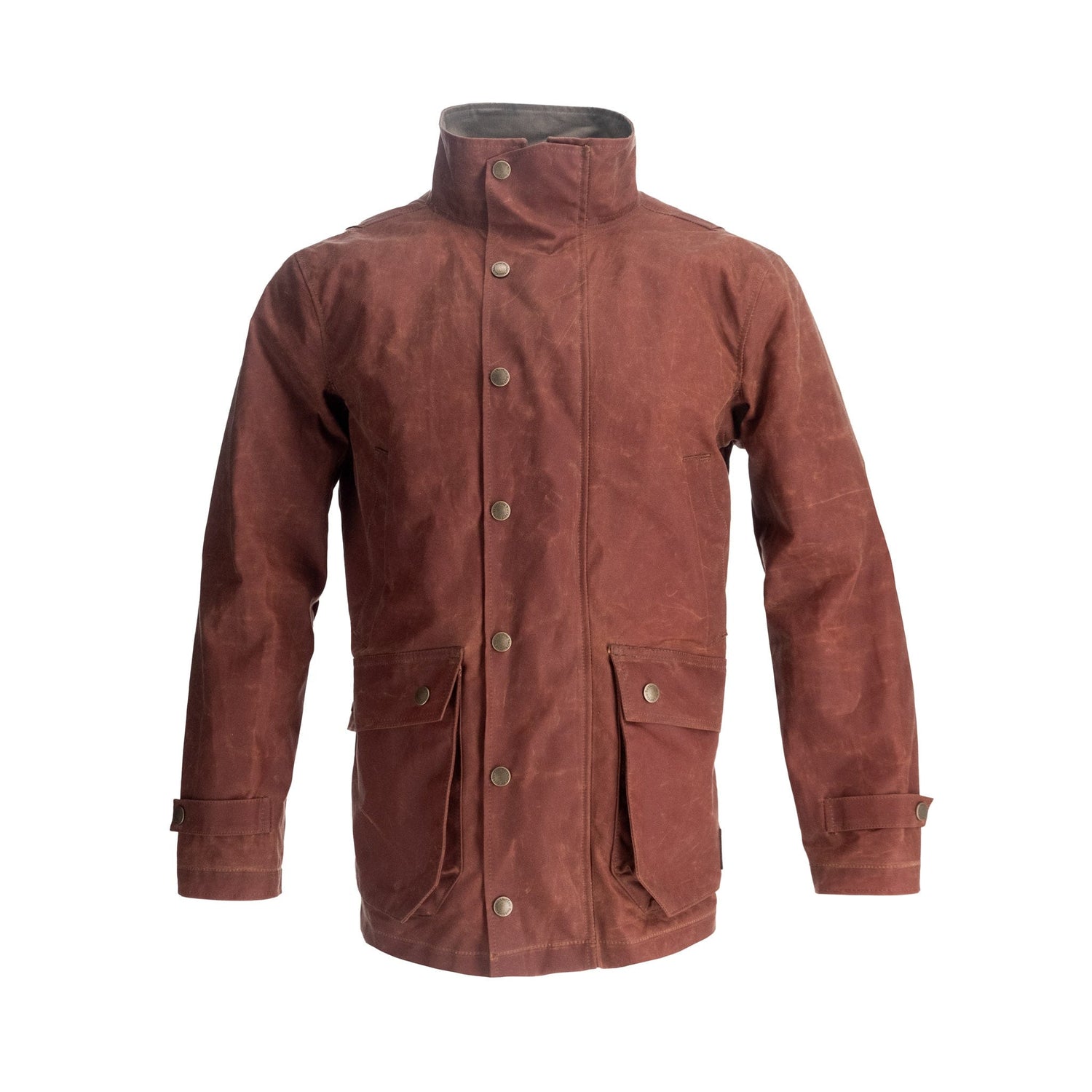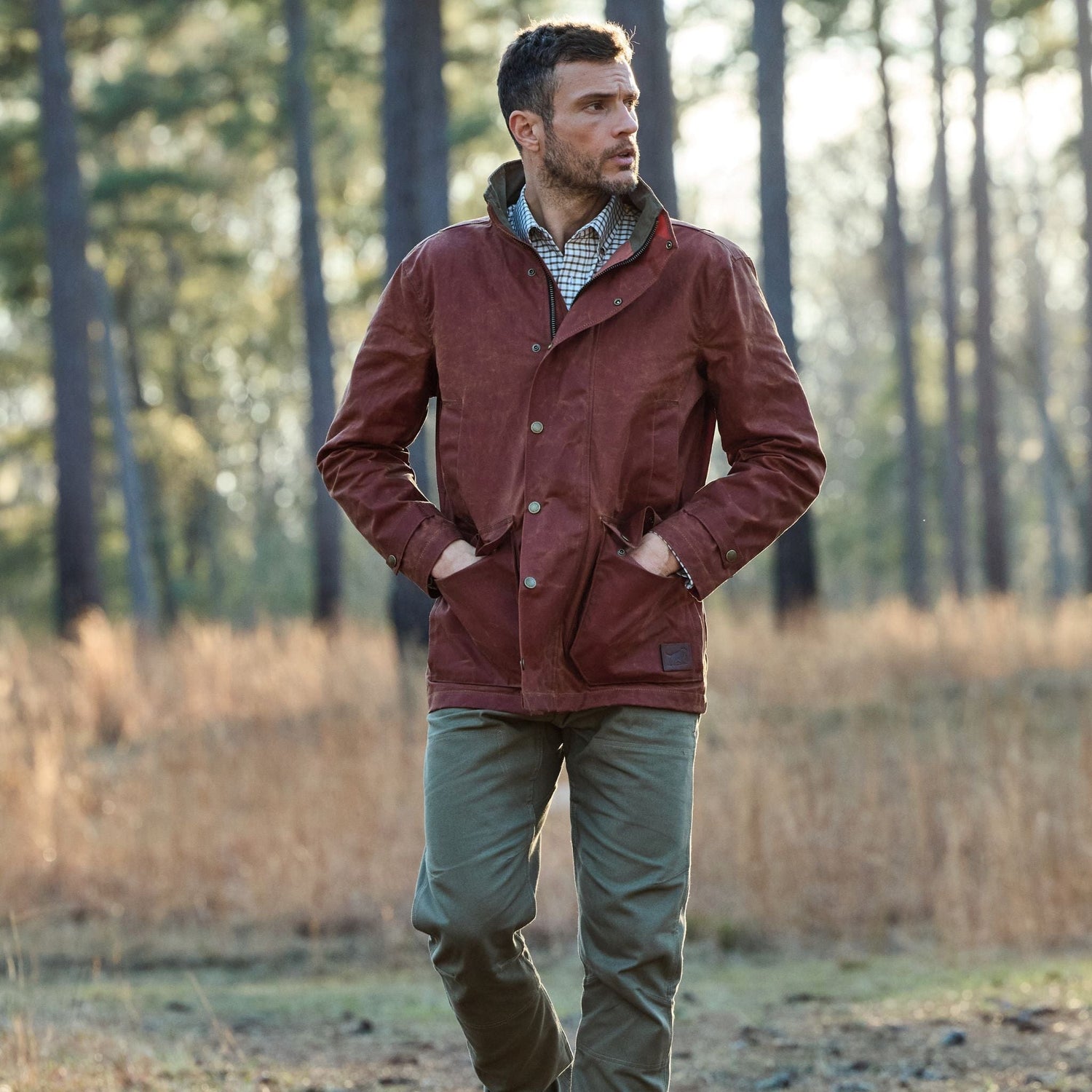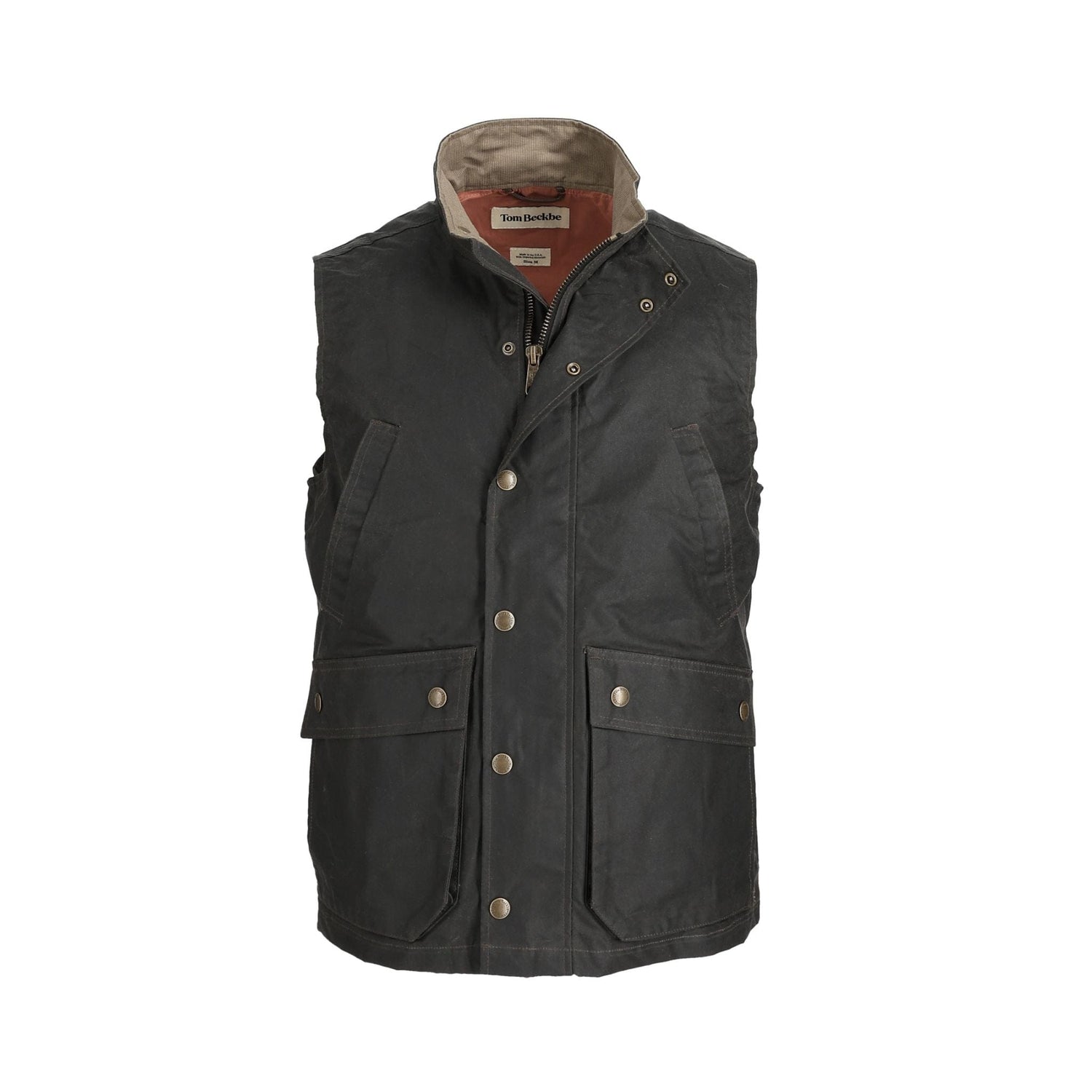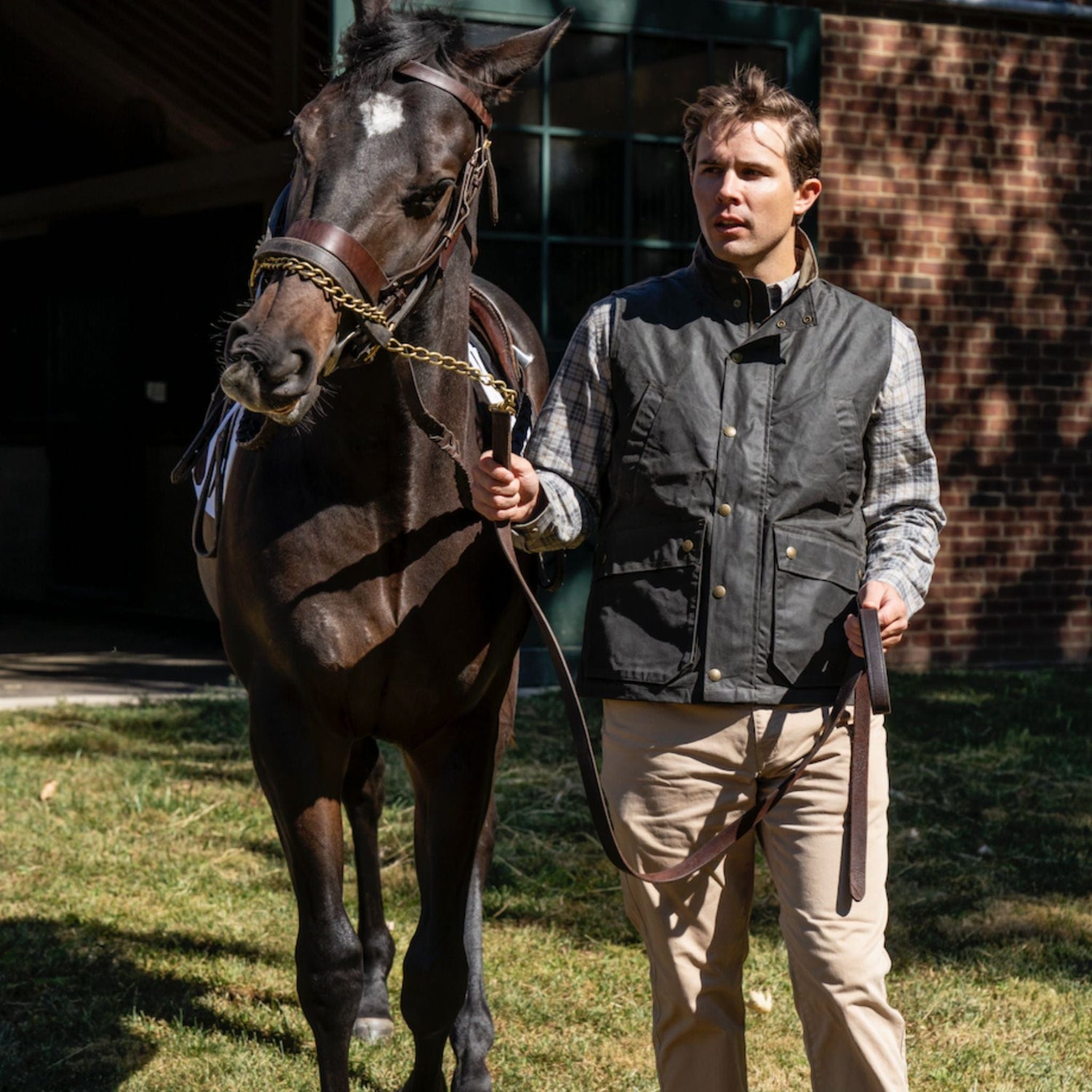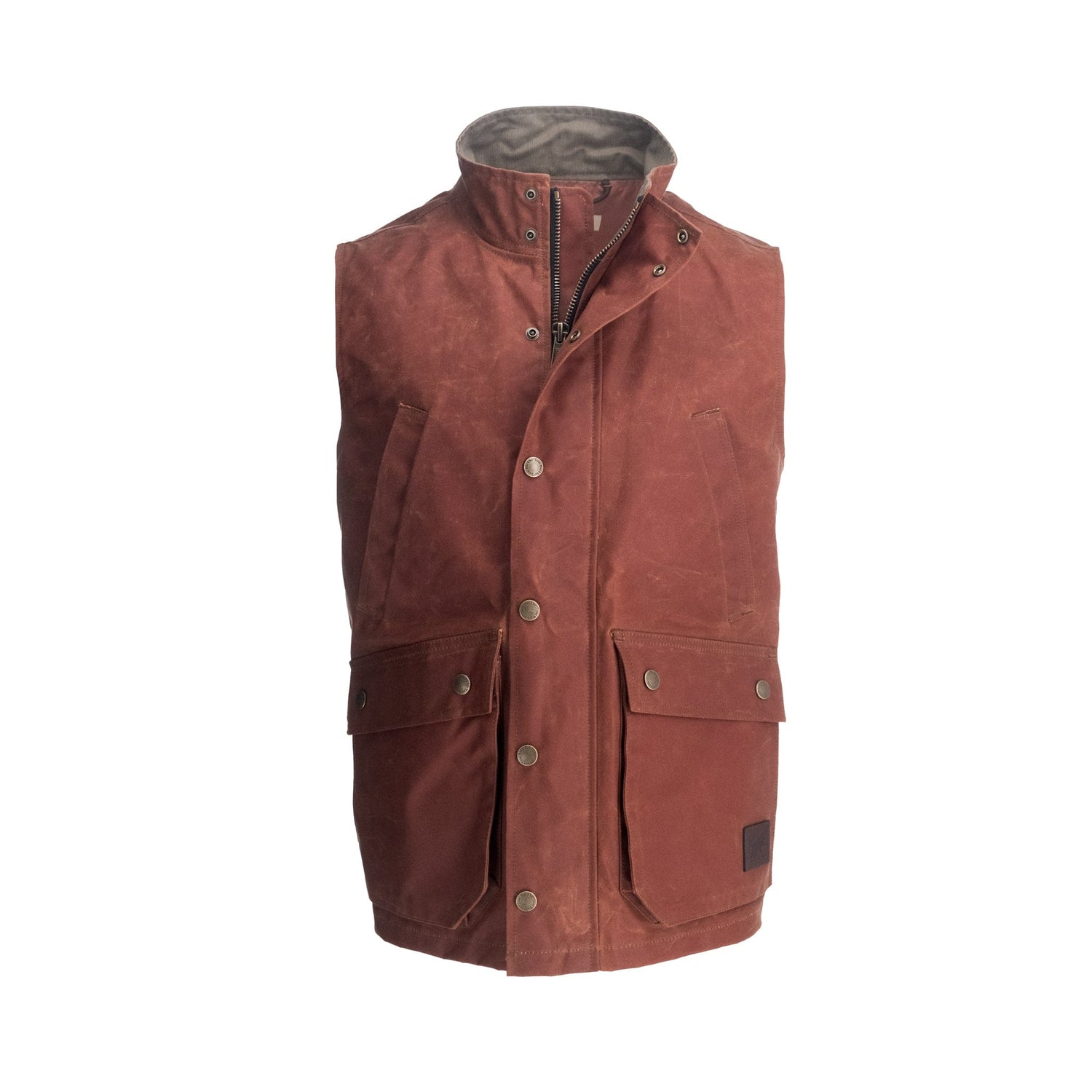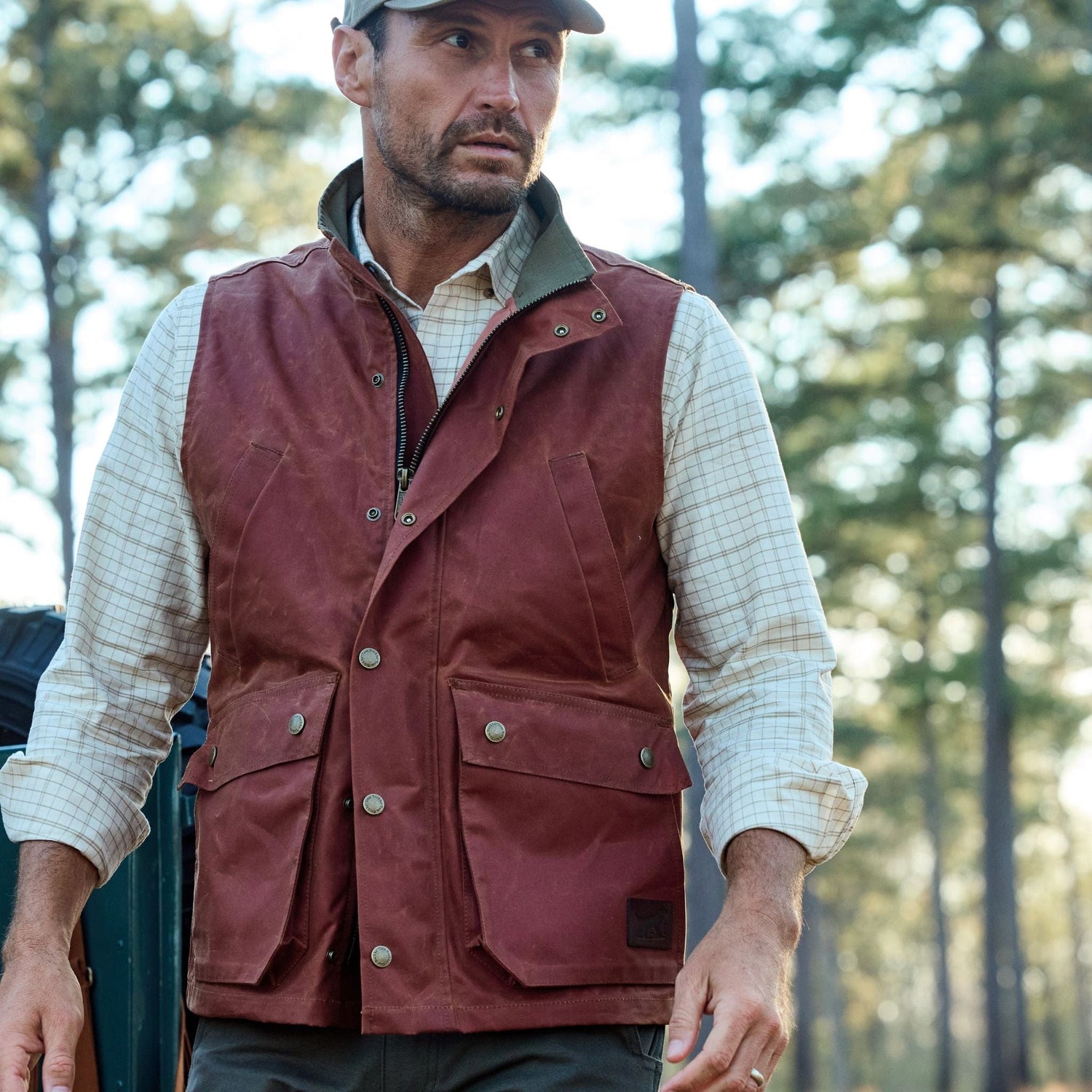By Glenn Zinkus
European hunting and the rich array of traditions that accompany it always fascinated me. It was more than two decades ago that my book collecting expanded from some fly fishing and American upland bird titles to encompass big game and birds spanning the continents of Africa, Asia, and Europe. I developed a passion for Europe, savoring narratives of scaling the rugged terrain in pursuit of chamois amidst the majestic Tyrolean Alps, tracking roebuck through dense forests, and above all, indulging in the pursuit of upland birds. While many may envision the traditional driven hunts of Great Britain and continental Europe, my imagination wanders to the serene forests in search of the elusive Capercaillie, a resplendent grouse inhabiting the alpine woodlands of the Alps, the Black Forest, and other ranges. The Odenwald and the Spessart bear a striking resemblance to my home hunting grounds in the Pacific Coast Range, sharing similar elevations and, coincidentally, available types of food sources despite more than 5,600 miles of separation.
Through my readings and occasional visits to firearms auctions, I came across a fascinating gun configuration from Germany known as a "drilling." Derived from the German word for three, “drei,” the term drilling aptly describes the triple-barrel arrangement, most commonly side-by-side shotgun barrels centered above a rifle barrel; a convenient arrangement when deer hunting in Oregon’s Coast Range or while stalking deer in the Cascades – all places where grouse are also plentiful. In Europe, drillings are often considered a "forester's gun," prized for their versatility in handling a wide range of hunting scenarios. From birds and small game to larger quarry such as deer, stags, and even elk, their capability extends based on the rifle caliber employed.
I’ve always been drawn to the deeply carved Germanic engravings found on many drillings, particularly when they strike the perfect balance between ornate detail and tasteful restraint, avoiding excessive embellishment. My first and thus far, only drilling, a Valentin Kern of Nuremberg showcases a pointer and a flying woodcock adorning one side, while a pair of hares grace the opposite side. A tastefully rendered roebuck decorates the trigger guard, adding a touch of elegance to the firearm.
The underside of the action has the words “Hubertus” and “Suhl,” with the latter paying homage to the esteemed German nucleus of gunmaking and steel craftsmanship, the city of Suhl. It's interesting to note that "Hubertus" often appears as an engraving on many early German drillings, almost serving as a trademark of sorts. This association stems from the reverence for St. Hubertus, the patron saint of hunters, adding a touch of tradition and symbolism to these firearms. The stock boasts a pleasing chestnut color exuding a subtle, captivating glow. When I first saw this drilling, I found this to be an exceptionally attractive gun; and I knew I had to purchase it.
